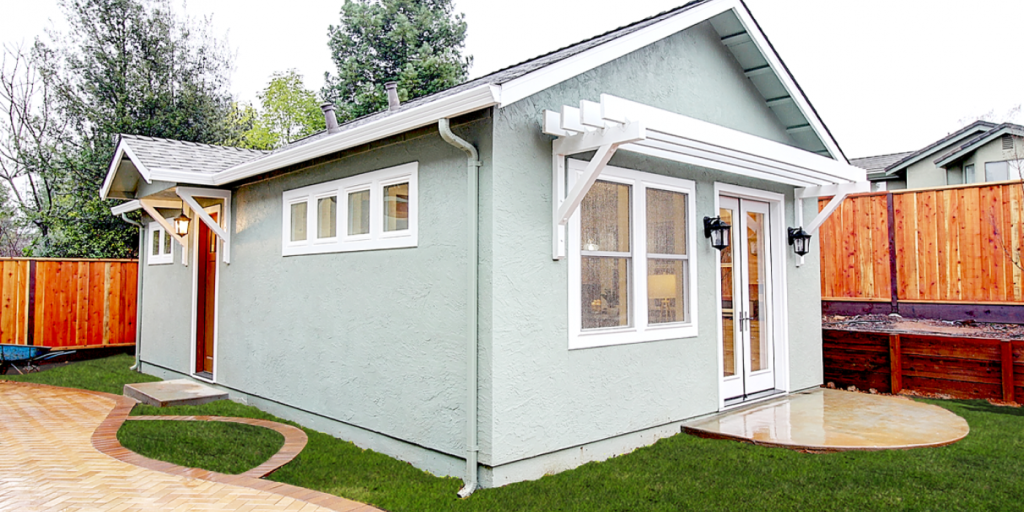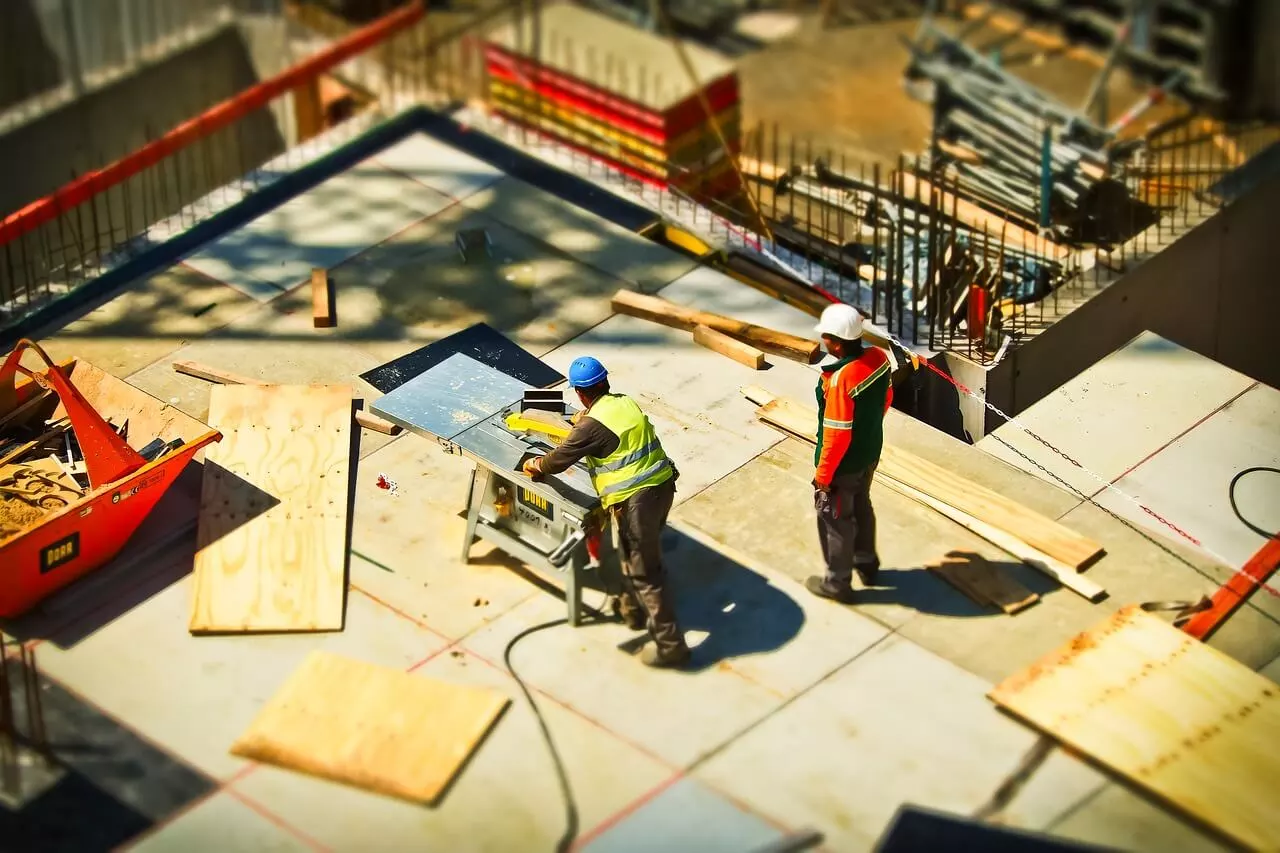Accessory Dwelling Units (ADUs) have long been a discreet part of residential landscapes, often tucked away in backyards or over garages. However, a transformative trend is emerging as ADUs evolve from standalone structures to dynamic communities fostering shared spaces and collaborative living. This shift reflects a growing desire for sustainable, community-oriented living arrangements that prioritize resource-sharing, social connections, and a sense of belonging.
‘ADU Contractors’, leading pioneers in ADU construction in San Diego, have played a pivotal role in shaping the landscape of ADU communities. Their expertise in crafting innovative Accessory Dwelling Units has contributed significantly to the rise of collaborative living. With a commitment to quality and community-driven development, ADU Contractors exemplify the future of shared spaces.

Content
The Evolution of ADUs
Traditionally, ADUs were primarily associated with providing additional housing options for family members or generating rental income. These structures, commonly known as granny flats, in-law suites, or backyard cottages, served a practical purpose but often operated independently. Now, the concept of ADU communities is reshaping how we view and utilize these auxiliary living spaces.
Shared Spaces
One of the key features driving the rise of ADU communities is the emphasis on shared spaces. Unlike traditional housing setups, ADU communities encourage residents to share common areas, such as gardens, kitchens, and recreational spaces. This collaborative approach fosters a sense of community and encourages social interactions among residents.
Communal gardens, for example, allow residents to come together to cultivate and harvest produce, promoting a sustainable and shared food source. Shared kitchens facilitate communal meals, reducing the need for individual cooking spaces and promoting a more eco-friendly lifestyle. These shared spaces not only enhance the overall quality of life for residents but also contribute to a more sustainable use of resources.
Collaborative Living
The essence of ADU communities lies in collaborative living. Residents of these communities often share responsibilities, resources, and experiences. This collaborative spirit extends beyond the physical living spaces and into daily life. From carpooling to sharing tools, residents find innovative ways to minimize their environmental footprint while creating a more interconnected and supportive community.
Moreover, collaborative living in ADU communities often involves shared decision-making processes. Residents actively participate in community meetings, allowing them to have a say in how communal spaces are used, resources are allocated, and community events are organized. This participatory approach not only empowers individuals within the community but also strengthens the sense of belonging and shared responsibility.
Benefits of ADU Communities
The rise of ADU communities brings forth numerous benefits. Firstly, these communities address the increasing demand for affordable housing by maximizing the utility of existing spaces. This, in turn, promotes sustainable urban development by minimizing the need for new construction.
Secondly, ADU communities contribute to a more environmentally conscious lifestyle. Shared resources and spaces reduce individual consumption, and the collaborative approach fosters a culture of sustainability and eco-friendly practices.
Lastly, the social benefits of ADU communities are significant. Residents experience a greater sense of community, belonging, and mutual support. Loneliness is mitigated through regular interactions, shared activities, and the sense of shared responsibility that comes with communal living.
Conclusion
The rise of ADU communities represents a paradigm shift in residential living. From standalone structures to interconnected living spaces, ADU communities embody the principles of shared spaces and collaborative living. As communities grapple with issues of housing affordability, environmental sustainability, and social isolation, ADU communities offer a compelling model that addresses these challenges while fostering a sense of shared purpose and community spirit. As this trend continues to gain momentum, it promises a future where our living spaces not only provide shelter but also serve as the foundation for vibrant and interconnected communities.

Thomas is a home improvement blogger who strives to improve his life and the lives of others. He provides homeowners with helpful tips on how to renovate their homes. His goal is not only to provide easy-to-follow instructions, but also share his own personal experiences for those seeking guidance.


